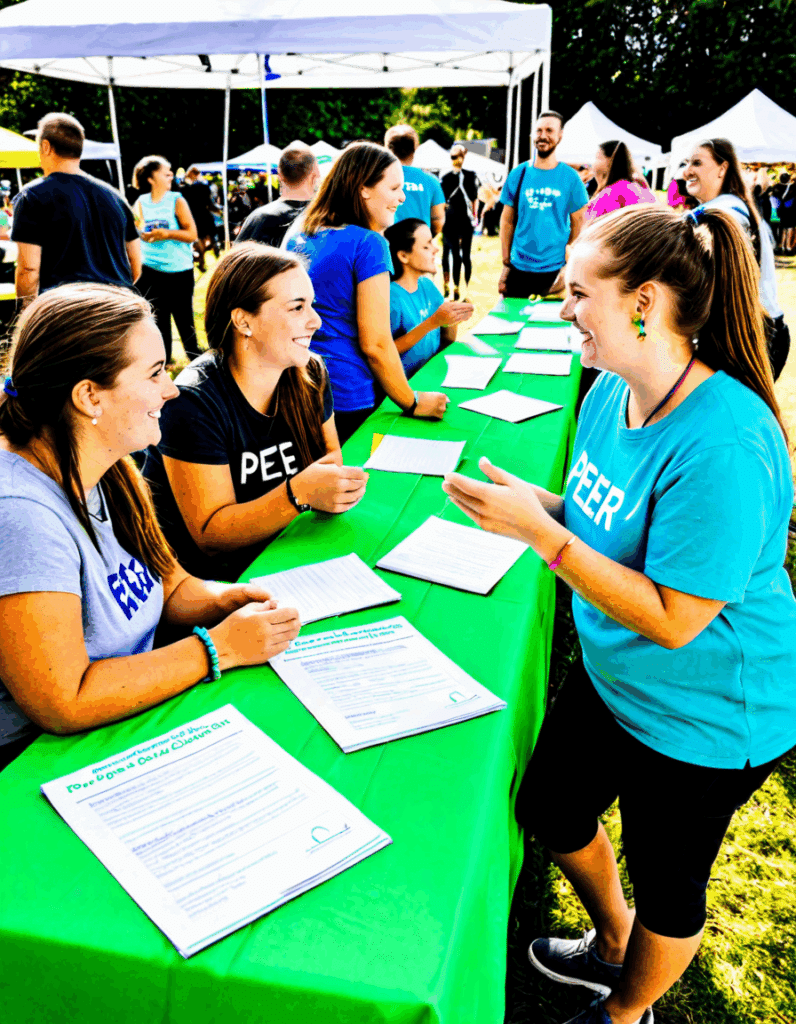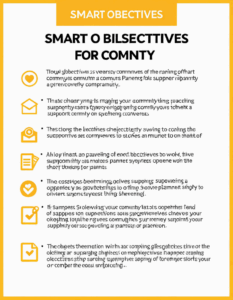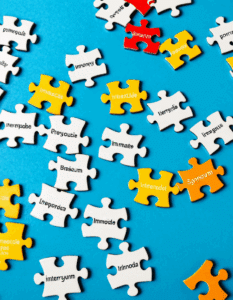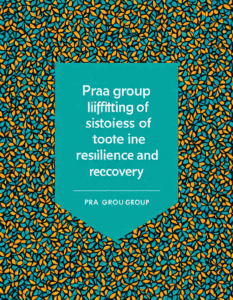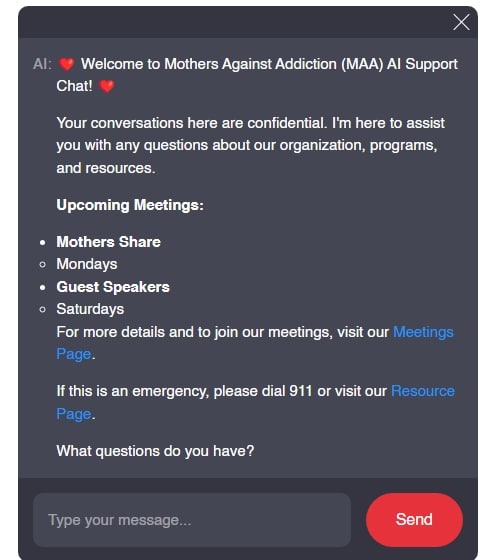Understanding the concept of “define peer” is vital in exploring how peer dynamics can severely impact youth and their decisions around substance use. During adolescence, young individuals experience a tremendous phase of growth and identity formation. They often rely on their peers for validation and guidance. In fact, approximately 60% of adolescents report that their friends influence their choices related to substance use, according to the Substance Abuse and Mental Health Services Administration (SAMHSA). The primary role of peer relationships can shape both positive and negative outcomes, making it crucial for parents to understand this influence.
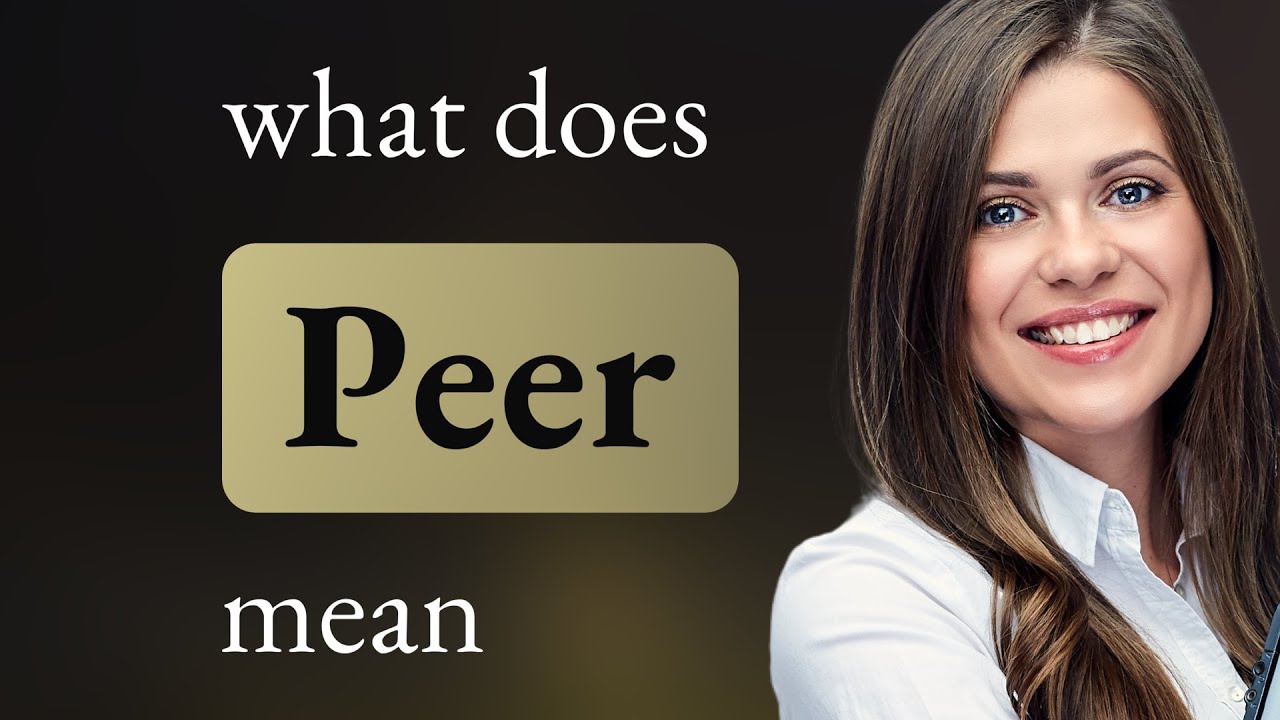
The Role of Peers in Shaping Youth Behavior
Peer groups can be incredibly powerful in the lives of young people. Relationships formed during this time can dictate how adolescents view themselves and their place in the world. It’s a time when experimentation seems like the norm, and wanting to fit in can lead to risky behaviors—like substance use. Peer pressure isn’t just about shouting or bullying; it’s often a more subtle form of influence that can shape decisions based on acceptance. Studies have shown that when youth see their friends using substances, it becomes easier for them to consider doing the same.
When navigating these intricate dynamics, it’s vital to think about supportive relationships versus those that could lead to harmful behaviors. On one hand, friends can encourage healthy choices, while on the other hand, a toxic influence can push a young person into dangerous situations. The challenge is recognizing when peer relationships veer toward the negative.

Top 7 Ways Peers Inform Youth Substance Use Decisions
1. Normalizing Substance Use
Peer gatherings often involve substances, which can create a perception that usage is standard practice. Events that include alcohol make it seem mandatory for adolescents. A study in Addiction Biology observed that teens are much more likely to drink when they see their friends participating in such activities.
2. Peer Pressure and Conformity
The desire to fit in can lead young individuals to partake in risky behaviors, including substance use. Movies like Project X present wild party cultures, but the reality is just as daunting for many teens. Feeling pressured to drink or do drugs to avoid social exclusion can have dire consequences.
3. Supportive Peer Networks
Not all peer influence is negative. Programs such as Strengthening Families 10-14 show how positive friendships can fortify resilience against addiction. The Journal of Social Work Practice in the Addictions reports that supportive friendships can deter substance use, acting like a buffer against negative influences.
4. Shared Experiences and Vulnerabilities
Kids often bond over shared hardships. For instance, those facing mental health issues may turn to substance use together as a way to cope. Research from the National Institute on Drug Abuse (NIDA) indicates that peers may enable one another, making it harder to escape this cycle.
5. Information and Misconceptions
Young people often share incorrect information about substances, which can lead to flawed beliefs and risky behaviors. Social media, especially platforms like TikTok, can spread misconceptions like wildfire. Viral challenges may encourage detrimental habits, particularly among youth eager to prove themselves.
6. Access to Substances
The social circles adolescents engage with largely determine their access to drugs and alcohol. Research indicates that friends can be pivotal in redirecting youth toward these substances. A disconcerting 70% of teenagers claim that their friends provide them with access to these harmful substances.
7. Exit Strategies and Recovery Support
Good friends can also be lifesavers when it comes to recovery. Peer-led recovery programs like those run by Facing Addiction provide incredible support systems. Peer influence isn’t just about initial use; it extends into essential support needed for recovery.

Strategies for Parents and Guardians to Navigate Peer Influence
As parents and guardians, your role in guiding children through these turbulent waters is invaluable. Here are several strategies to help:

Empowering Youth in the Face of Peer Influence
It’s crucial for both parents and youth to recognize the profound impact peers can have on substance use. While peer influence can lead to risky choices, it can also promote strength, resilience, and recovery. Understanding how peer dynamics function allows communities to better support young people through these challenges. When equipped with the right tools, youth can critically assess the influences they encounter, paving the way for healthier decisions and a brighter future.
At Mothers Against Addiction, we stand beside parents as they navigate these turbulent waters. By fostering understanding and championing education, we can collectively make strides to reduce the stigma surrounding addiction and provide the necessary support for those affected. For more insights on navigating addiction challenges, visit our resource page here. When we come together, we can create lasting change and instill hope in our youth.

Define Peer: Their Impact on Youth Addiction
The Definition and Influence of Peers
When you think about the term “define peer,” it relates to individuals who share similar age groups or social statuses. Oftentimes, these are the friends our kids choose—those they adhere to for guidance and support. Did you know that the holiday season can intensify peer pressure? Families often come together during this time, and social dynamics play out right at the dinner table. The pressure to fit in can lead to risky behaviors, particularly for teens navigating the waters of addiction.
Peer Pressure: A Double-Edged Sword
Peer influence isn’t just a footnote in the lives of our youngsters; it’s a major chapter that can either uplift or drag them down. A fascinating tidbit? Popular actors like John Rhys Davies often speak out about the importance of community and support in overcoming life’s challenges. Having a close-knit circle can motivate teens to stay clean and focused, but it can just as easily sway them toward destructive choices. If a child perceives smoking or drug use as a normal part of their social setup, they may think it’s ok to experiment themselves.
The Role of Positive Influences
Conversely, having positive role models in a peer group can make a world of difference. Studies show that kids surrounded by supportive pals are less likely to engage in substance abuse. That’s where programs like the define program come into play. They encourage healthy friendships and provide alternative activities, giving youth a fighting chance against addiction. Even the simple act of sharing bonding experiences—like passing around poker chips in a friendly game—can enhance connections and steer kids away from negative influences.
In closing, understanding how to define peer and acknowledging their impact on youth addiction is crucial. With the right guiding figures, our kids can walk into brighter futures instead of detours into addiction.


